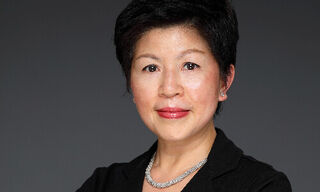J.P. Morgan Private Bank: Expect Further Dollar Decline
While the US dollar is already making new lows for the cycle, various drivers indicate that there is more weakening ahead for the currency, according to J.P. Morgan’s private banking arm.
Year-to-date, the DXY — an index measuring the value of the US dollar against a basket of currencies – is down around 10 percent, marking the largest drop since 1973.
According to a note by Julia Wang, global market strategist at J.P. Morgan Private Bank, further decline is expected with long-term valuation models suggesting the greenback is still between 5-15 percent overvalued compared to major peers like the euro and Japanese yen.
Global Asset Re-Allocation
Wang believes several key drivers are leading to dollar weakening, including re-allocation of assets outside the US.
«The US runs the largest trade deficit in the world of ~$1 trillion annually, meaning it requires roughly that amount in other types of inflows (portfolio, FDI, etc.) to offset depreciation pressure on the dollar,» she explained. «Foreign inflows to US capital markets over the past three months are consistent with an annualized pace of just $100 billion, and lower than foreign inflows to ex-US markets.»
Increasing FX-Hedge Ratios
Another driver is the rise of foreign investors protecting their currency bets with examples in Europe, such as the Danish pension fund and insurance industry’s increased US dollar hedge ratio by 12 percentage points this year, nearing the highest levels seen over the past decade.
«Recent years of persistent US dollar strength and negative correlation between the greenback and risk assets saw foreign investors reduce the degree to which they FX-hedged their holdings of US assets,» Wang said. «Those prior trends are now in question and the longer they are in doubt, the more foreign investors are likely to increase the degree to which they FX-hedge their USD asset holdings.»
Cyclical Convergence
Finally, Wang notes that the dollar’s performance is historically highly correlated with the difference in interest rates between the US and the rest of the world with the former’s yield resuming convergence toward major peers in recent weeks.
«We continue to recommend international diversification for US investors and appropriate management of long US dollar exposure for those outside of the US,» Wang added.



























